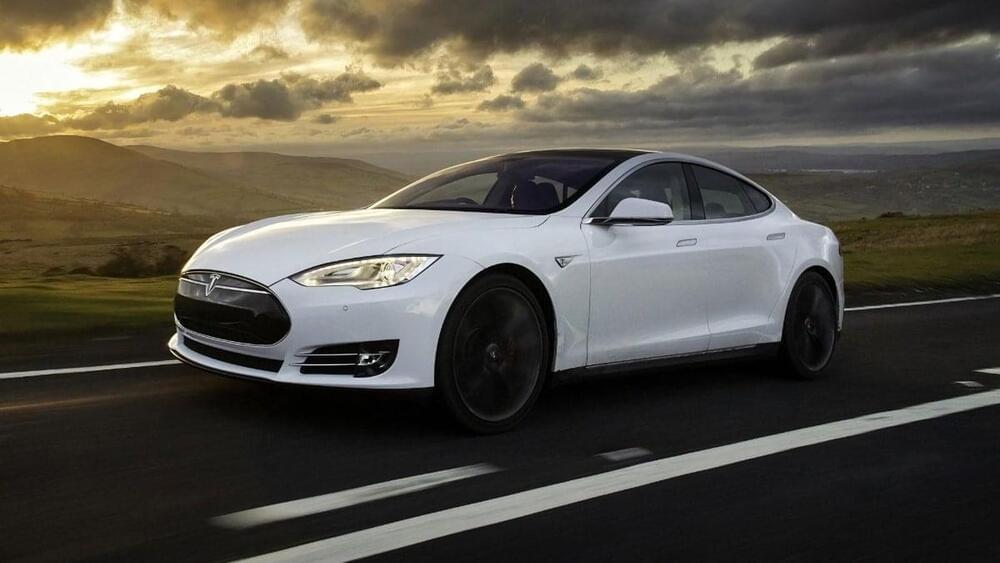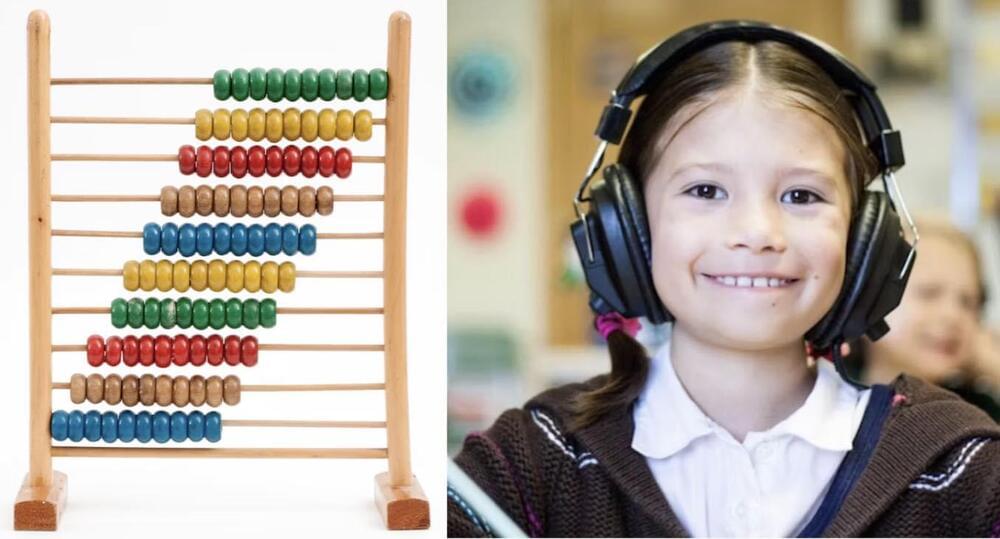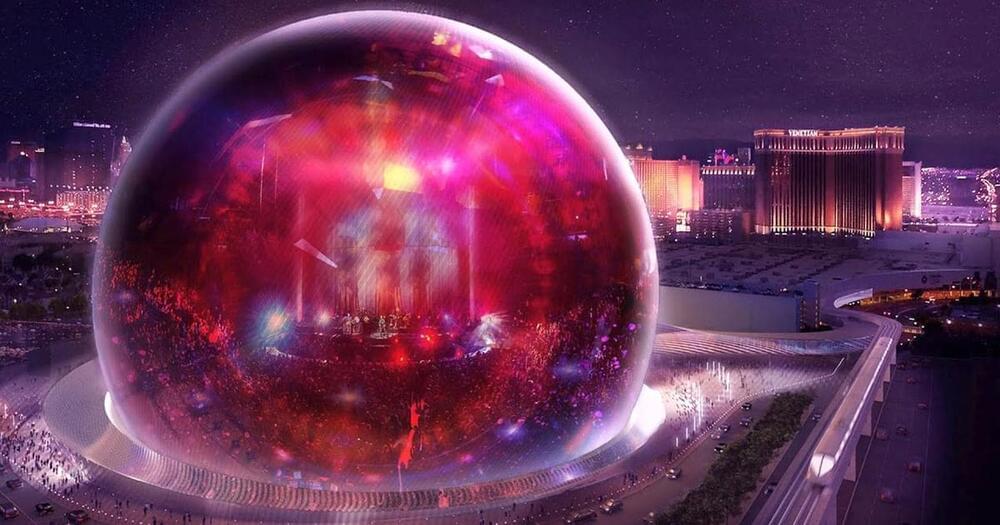UBC/YouTube.
This is according to a report by Castanet published on Saturday.
UBC/YouTube.
This is according to a report by Castanet published on Saturday.

We’re not at the scope of usage Cameron is anxious about yet, but we don’t have to imagine what AI’s role in the military could look like hypothetically—it’s already starting to happen. The U.S. Department of Defense is already investigating moves to create an archive of military data to use as part of what it sees as an escalating digital arms race with other nations, and the eventual weaponization of such technology. Not that Cameron himself hasn’t already thought about that extensively in his own filmmaking career already, of course.
“I warned you guys in 1984 and you didn’t listen,” the director not-so-jokingly added. But you know, hopefully we get protections for actors, writers, directors, and other creatives against generative AI replacements before we have to worry too much about someone making Skynet. Hopefully.
Once this is added to a VR open world, like low-fi, I may never come out!
The Unreal Engine combined with the power of OpenAI’s GPT has opened up a lot of possibilities for the future of video games. This demo created by Replica Studios allows us to directly interact with NPCs. It’s surprisingly good, and gives some insight into where things might be heading.
Download the demo from here: https://blog.replicastudios.com/smart-npc-plugin-release/
If you would like to help support my channel, please check my Patreon page: https://www.patreon.com/obsidianant.
PayPal Donation: https://www.paypal.com/donate/?cmd=_s-xclick&hosted_button_id=H5LJ5URGUB7ZQ
Any support is massively appreciated!
Music.
Use code isaacarthur at the link below to get an exclusive 60% off an annual Incogni plan: https://incogni.com/isaacarthur.
Robots play an ever greater role in every aspect of our lives, including the battlefield, but what will their role be in the wars of the future?
Visit our Website: http://www.isaacarthur.net.
Join Nebula: https://go.nebula.tv/isaacarthur.
Support us on Patreon: https://www.patreon.com/IsaacArthur.
Support us on Subscribestar: https://www.subscribestar.com/isaac-arthur.
Facebook Group: https://www.facebook.com/groups/1583992725237264/
Reddit: https://www.reddit.com/r/IsaacArthur/
Twitter: https://twitter.com/Isaac_A_Arthur on Twitter and RT our future content.
SFIA Discord Server: https://discord.gg/53GAShE
Listen or Download the audio of this episode from Soundcloud: Episode’s Audio-only version: https://soundcloud.com/isaac-arthur-148927746/robots-warfare.
Episode’s Narration-only version: https://soundcloud.com/isaac-arthur-148927746/robots-warfare-narration-only.
Credits:
Robots & Warfare.
Episode 403a, July 16, 2023
Written, Produced & Narrated by:
Isaac Arthur.
Music Courtesy of:
Epidemic Sound http://epidemicsound.com/creator.
Markus Junnikkala, “We Roam the Stars“
Stellardrone, “Red Giant”, “Between the Rings“
Miguel Johnson, “Far From Home”, “So Many Stars“
Aerium, “Fifth Star of Aldebaran”

While Tesla famously won’t support CarPlay, code found in its iOS app update points to at least testing of AirPlay in its cars.
It’s never been possible to use Apple’s CarPlay in Teslas — not without a hack, and a convoluted one at that — but CEO Elon Musk has previously hinted at AirPlay support.
Now according to the unofficial “Tesla App Updates (iOS)” account on Twitter, the latest version of Tesla’s iPhone app includes a mention of AirPlay in its code.

A new study explored the causal role that music engagement has on student achievement in mathematics—and they found a significant benefit.
Researchers believe that music can make math more enjoyable, keep students engaged, and help ease their fear or anxiety about topics like fractions. The addition of music may even motivate kids to appreciate math and want to learn more.
A typical technique for integrating music into math lessons for young children involves clapping to songs with different rhythms learning numbers, and equating fractions to musical notes.

The “circuit” metaphor of the brain is as indisputable as it is familiar: Neurons forge direct physical connections to create functional networks, for instance to store memories or produce thoughts. But the metaphor is also incomplete. What drives these circuits and networks to come together? New evidence suggests that at least some of this coordination comes from electric fields.
The new study in Cerebral Cortex shows that as animals played working memory games, the information about what they were remembering was coordinated across two key brain regions by the electric field that emerged from the underlying electrical activity of all participating neurons. The field, in turn, appeared to drive the neural activity, or the fluctuations of voltage apparent across the cells’ membranes.
If the neurons are musicians in an orchestra, the brain regions are their sections, and the memory is the music they produce, the study’s authors said, then the electric field is the conductor.

Sphere Entertainment, the Madison Square Garden-funded venture seeking to “reinvent” live music, has started testing its first — and impressively large — LED-laden, orb-shaped music venue in Las Vegas, which is already being billed as the “world’s largest video screen.”
First impressions: it looks absolutely bonkers, as evidenced by videos of the orb in action.
According to Engadget, the 17,600-seat stadium, which cost over $2 billion to build, is a good 516 feet wide and 366 feet tall. Its LED-powered displays, combined with its 164,000-speaker audio system and added sensory elements — think what you’d get at a 4D movie — are designed to create a completely immersive experience.

AI is overwhelming the internet’s capacity for scale.
The problem, in extremely broad strokes, is this. Years ago, the web used to be a place where individuals made things. They made homepages, forums, and mailing lists, and a small bit of money with it. Then companies decided they could do things better. They created slick and feature-rich platforms and threw their doors open for anyone to join. They put boxes in front of us, and we filled those boxes with text and images, and people came to see the content of those boxes. The companies chased scale, because once enough people gather anywhere, there’s usually a way to make money off them. But AI changes these assumptions.
Given money and compute, AI systems — particularly the generative models currently in vogue — scale effortlessly. They produce text and images in abundance, and soon, music and video, too. Their output can potentially overrun or outcompete the platforms we rely on for news, information, and entertainment. But the quality of these systems is often poor, and they’re built in a way that is parasitical on the web today. These models are trained on strata of data laid down during the last web-age, which they recreate imperfectly. Companies scrape information from the open web and refine it into machine-generated content that’s cheap to generate but less reliable. This product then competes for attention with the platforms and people that came before them. Sites and users are reckoning with these changes, trying to decide how to adapt and if they even can.
EPFL researchers have developed a 100% effective, ultra-thin active noise cancelling system that uses an ionized air plasma propulsion system instead of speakers. A 17-mm-thick (0.6-in) layer can block 20 Hz noise as well as a 4-m-thick (13-ft) wall.
If you know how active noise cancellation works, then skip ahead. Essentially, the sound waves we hear are pressure waves in the air around us. Speaker cones are big, lightweight membranes designed to push air around in precise patterns to create those pressure waves, either in the form of pleasant music, or whatever it is the kids are listening to these days.
Active noise cancellation (ANC) is the idea of measuring those pressure waves with a microphone, then generating the exact same pressure waves in reverse, and playing them through a speaker. Pressure is taken away from the positive pressure peaks, and added to the negative pressure troughs, and the new wave more or less scrubs the old wave out of existence.